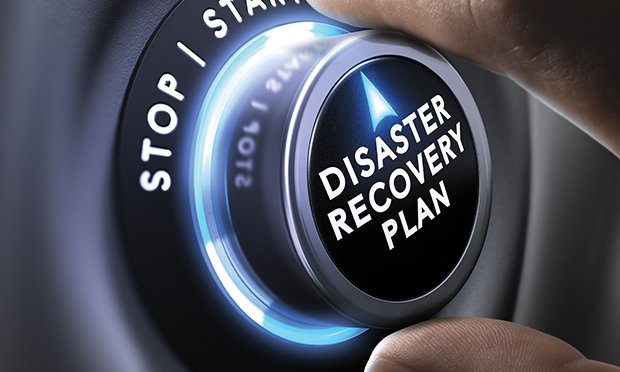 Insurers are familiar with a host of existing risks, but new disasters still occur that can cause them to scramble for coverage and assess damages. The coronavirus is a perfect example. (Photo: Shutterstock)
Insurers are familiar with a host of existing risks, but new disasters still occur that can cause them to scramble for coverage and assess damages. The coronavirus is a perfect example. (Photo: Shutterstock)
With hurricanes, wildfires, tornadoes, floods, volcanic eruptions, earthquakes, cyber warfare and drought already making life difficult for insurers and reinsurers, they hardly need a new type of catastrophe to eat away at their capacity. Yet, every day it seems that some new type of disaster hits, causing insurers to scramble to find coverage and assess damages.
Recommended For You
Want to continue reading?
Become a Free PropertyCasualty360 Digital Reader
Your access to unlimited PropertyCasualty360 content isn’t changing.
Once you are an ALM digital member, you’ll receive:
- Breaking insurance news and analysis, on-site and via our newsletters and custom alerts
- Weekly Insurance Speak podcast featuring exclusive interviews with industry leaders
- Educational webcasts, white papers, and ebooks from industry thought leaders
- Critical converage of the employee benefits and financial advisory markets on our other ALM sites, BenefitsPRO and ThinkAdvisor
Already have an account? Sign In Now
© 2025 ALM Global, LLC, All Rights Reserved. Request academic re-use from www.copyright.com. All other uses, submit a request to [email protected]. For more information visit Asset & Logo Licensing.








